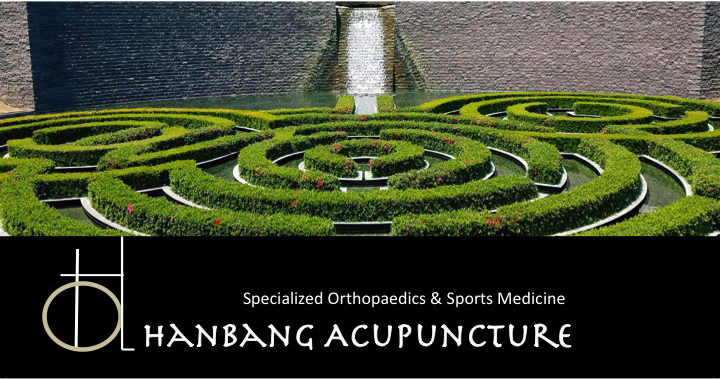ACUPUNCTURE: Acupuncture is the practice of puncturing the skin with needles at certain anatomical points in the body to relieve symptoms associated with many diseases. The anatom ical points (acupuncture points) are thought to have certain electrical properties, which affect chemical neurotransmitters in the body.
ical points (acupuncture points) are thought to have certain electrical properties, which affect chemical neurotransmitters in the body.
According to theories of acupuncture, the human body has more than 400 acupuncture points connected via pathways, or meridians. These pathways create an energy flow (qi, pronounced “chee”) through the body that is responsible for overall health. Disruption of the energy flow can cause disease. Acupuncture may correct these imbalances when applied at acupuncture points and improve the flow of qi.
Moxibustion: This method involves the burning of moxa on or above the skin at the location of specific  acupoints, or on or near the lesion (to be treated) itself. The leaf of Artemisia Vulgaris, a species of Mugwort, is used. When burned, it can open the 12 regular meridians, promote qi and blood circulation and expel cold and dampness, thereby eliminating certain types of stagnation and heat-sensitive pathogens including certain types of virus. It has been known that “when a disease fails to respond to medication and acupuncture, moxibustion is suggested”.
acupoints, or on or near the lesion (to be treated) itself. The leaf of Artemisia Vulgaris, a species of Mugwort, is used. When burned, it can open the 12 regular meridians, promote qi and blood circulation and expel cold and dampness, thereby eliminating certain types of stagnation and heat-sensitive pathogens including certain types of virus. It has been known that “when a disease fails to respond to medication and acupuncture, moxibustion is suggested”.
Cupping: Like acupuncture, cupping follows the lines of the meridians. The suction and negative  pressure provided by cupping is thought to affect up to four inch deep from the surface of the skin, which allows for the stretching and opening of muscle tissue, creating space to drain toxins or wastes from target tissues into the lymphatic system. In addition, vein and arteries can be refreshed within these four inches of affected tissues, which lead to enhancing immune system by facilitating the flow of wei Qi. This treatment is used to relieve back and neck pains, stiff muscles, rheumatism, and respiratory diseases such as the common cold, pneumonia and bronchitis.
pressure provided by cupping is thought to affect up to four inch deep from the surface of the skin, which allows for the stretching and opening of muscle tissue, creating space to drain toxins or wastes from target tissues into the lymphatic system. In addition, vein and arteries can be refreshed within these four inches of affected tissues, which lead to enhancing immune system by facilitating the flow of wei Qi. This treatment is used to relieve back and neck pains, stiff muscles, rheumatism, and respiratory diseases such as the common cold, pneumonia and bronchitis.
Electro-Acupuncture (EA): EA provides pulsation of electrical current through acupuncture needles along the lines of meridian or on the specific acupoints (e.g., motor points). The great advantage of this method is that the intensity and frequency of the impulses can be precisely controlled depending on the condition being treated. Electroacupuncture is considered to be especially useful for neurological disorders, muscle spasms, and conditions such as in chronic pain syndromes, where the qi is difficult to stimulate. However, electroacupuncture should not be used on patients who have a history of seizures, epilepsy, heart disease or strokes, or on patients with pacemakers.
Herb Medication: 340 principle formulas and 460 related or secondary formulas has developed and  changed through history and continues to do so today. Each formula does have its own history in terms of pathology, treatment strategy and ingredients. To maximize the benefit and minimize side effects, it is essential to identify the pathodynamic principles underlying the patient principles. Our clinic uses herbs that are processed in GMP-compliant facilities and are rigorously tested for toxic heavy metals according to safety set by FDA.
changed through history and continues to do so today. Each formula does have its own history in terms of pathology, treatment strategy and ingredients. To maximize the benefit and minimize side effects, it is essential to identify the pathodynamic principles underlying the patient principles. Our clinic uses herbs that are processed in GMP-compliant facilities and are rigorously tested for toxic heavy metals according to safety set by FDA.
